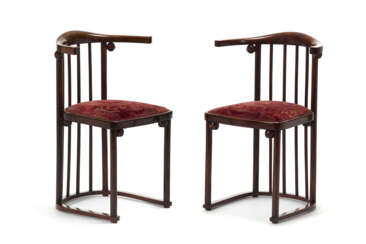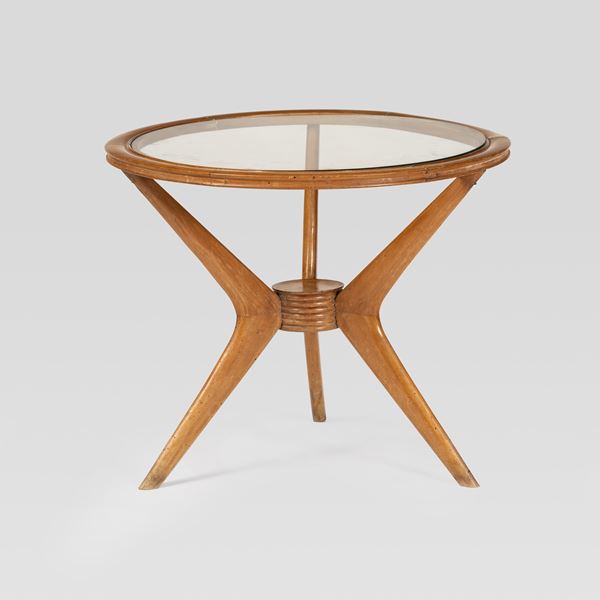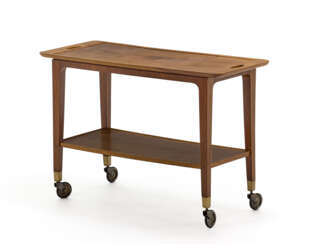
622 I Session III: Arti Decor. del '900 & Design

Angelo Mangiarotti was an Italian architect and industrial designer. His designs were mostly for industrial buildings and railway stations. In 1994 he received the Compasso d'Oro award of the Associazione per il Disegno Industriale for his lifetime of achievement.

Angelo Mangiarotti was an Italian architect and industrial designer. His designs were mostly for industrial buildings and railway stations. In 1994 he received the Compasso d'Oro award of the Associazione per il Disegno Industriale for his lifetime of achievement.

Marcel Lajos Breuer was a Hungarian American modernist architect and furniture designer. He moved to the United States in 1937 and became a naturalized American citizen in 1944.
At the Bauhaus he designed the Wassily Chair and the Cesca Chair, which The New York Times have called some of the most important chairs of the 20th century. Breuer extended the sculpture vocabulary he had developed in the carpentry shop at the Bauhaus into a personal architecture that made him one of the world's most popular architects at the peak of 20th-century design. His work includes art museums, libraries, college buildings, office buildings, and residences. Many are in a Brutalist architecture style, including the former IBM Research and Development facility which was the birthplace of the first personal computer. He is regarded as one of the great innovators of modern furniture design and one of the most-influential exponents of the International Style.

Gaetana (Gae) Aulenti was an Italian architect and designer who was active in furniture design, graphic design, stage design, lighting design, exhibition and interior design. She was known for her contributions to the design of important museums such as the Musée d'Orsay in Paris (in collaboration with ACT Architecture), the Contemporary Art Gallery at the Centre Pompidou in Paris, the restoration of Palazzo Grassi in Venice, and the Asian Art Museum of San Francisco (in collaboration with HOK Architects). Aulenti was one of only a few women architects and designers who gained notoriety in their own right during the post-war period in Italy, where Italian designers sought to make meaningful connections to production principles, and influenced culture far beyond Italy. This avant-garde design movement blossomed into an entirely new type of architecture and design, one full of imaginary utopias leaving standardization to the past.


































































